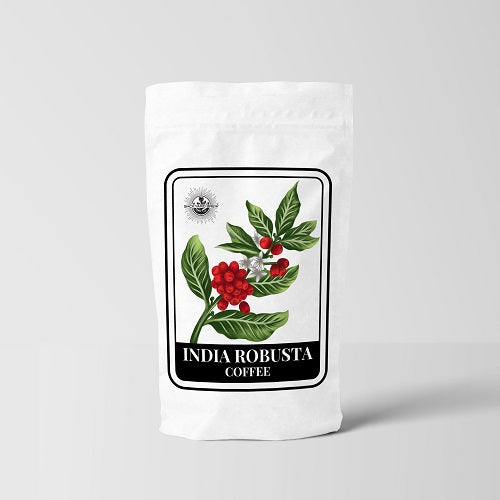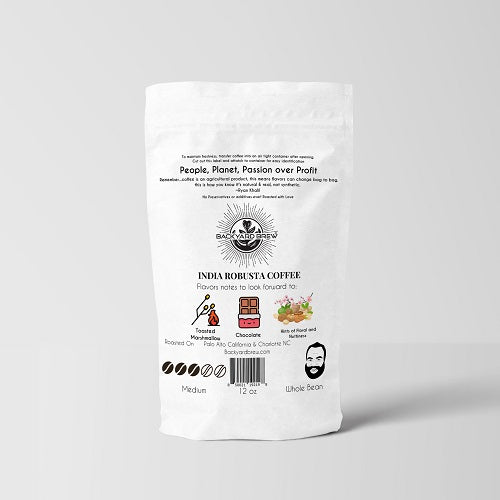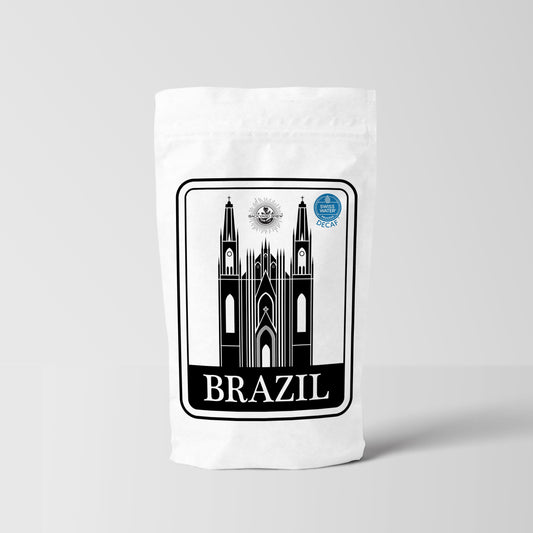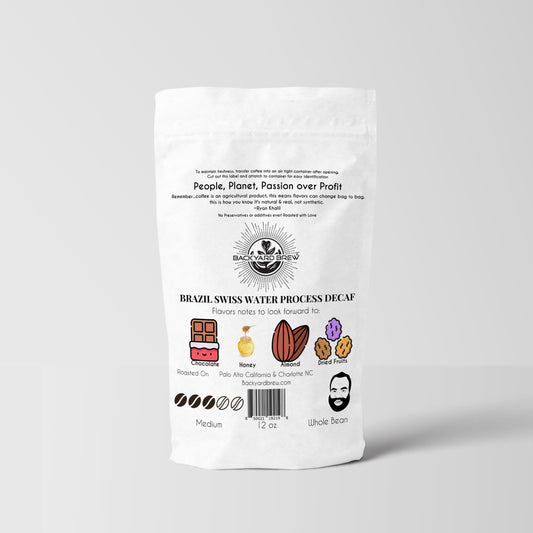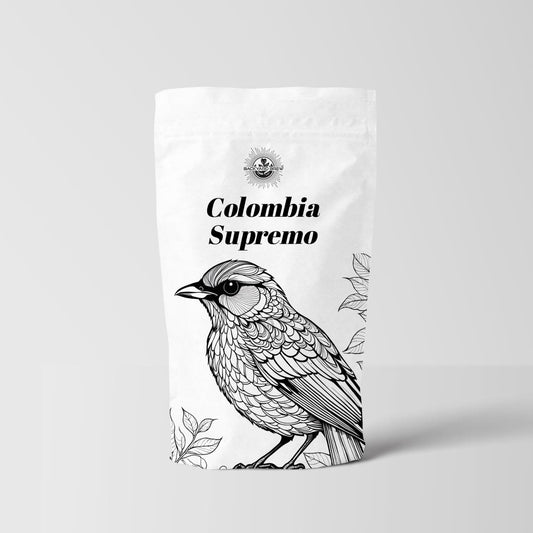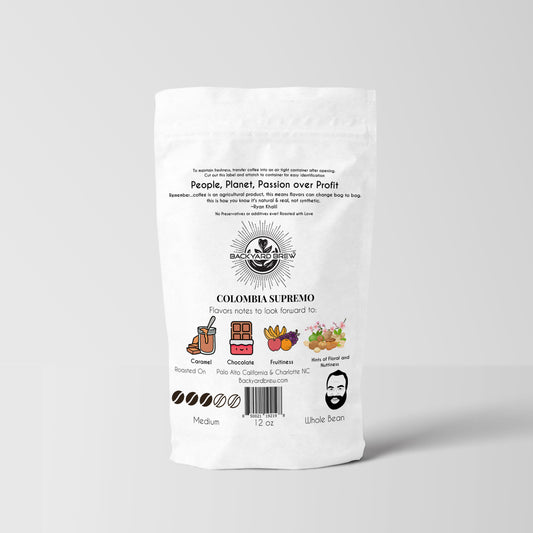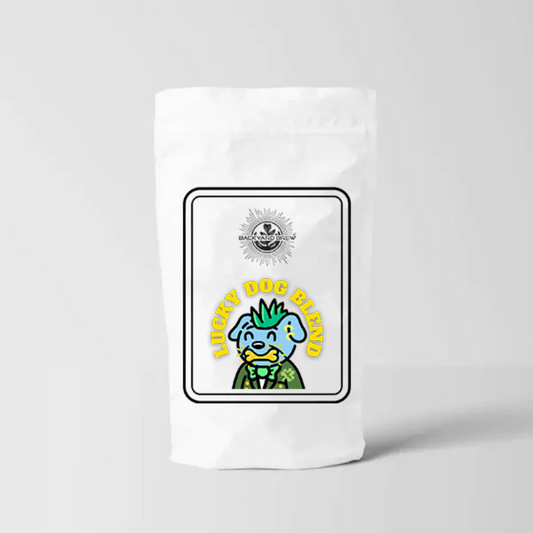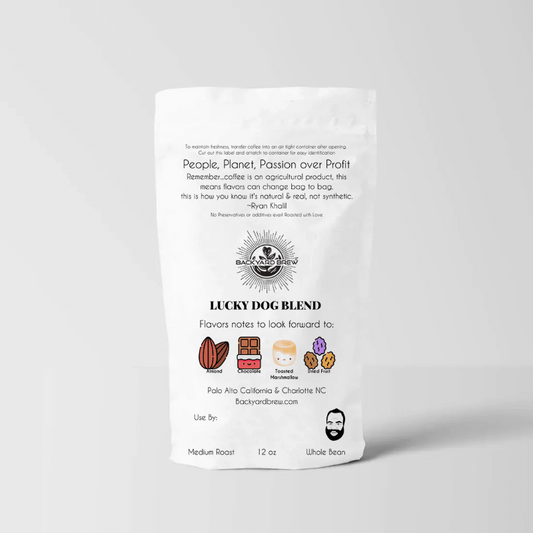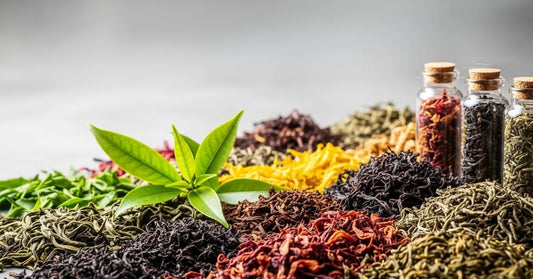How to Choose High-Quality Tea Leaves - Comprehensive Guide!
Related Product
Subscribe
Table of Contents
Have you ever wondered what makes a cup of tea truly exceptional? The secret often lies in the quality of the tea leaves. Choosing high-quality tea leaves can elevate your tea-drinking experience. In this blog, we will explore how to select the best tea leaves, focusing on various types, ethical sourcing, and farming practices.
Understanding the Types of Tea Leaves
Before diving into the selection process, it’s essential to understand the Types of Tea Leaves available. Each type has its unique flavor profile, aroma, and health benefits. Here are the most common types:
Black Tea: A Bold Choice
Black Tea is one of the most popular types worldwide. It is fully oxidized, giving it a rich flavor and dark color. When choosing black tea, look for whole leaves rather than broken ones. Whole leaves often provide a more robust flavor and aroma.
White Tea: The Delicate Option
White Tea is the least processed of all tea types. It consists of young leaves and buds, making it delicate and subtle in flavor. When selecting white tea, check for silvery buds and a light, fresh aroma. High-quality white tea should have a sweet, floral scent.
Oolong Tea: The Best of Both Worlds
Oolong Tea is partially oxidized, placing it between black and green tea. It offers a complex flavor profile that can range from floral to fruity. When choosing oolong tea, look for tightly rolled leaves. They should unfurl beautifully when steeped, releasing their full flavor.
Herbal Tea: A Caffeine-Free Alternative
Herbal Tea is not technically tea, as it does not come from the Camellia sinensis plant. Instead, it consists of herbs, flowers, and fruits. When selecting herbal tea, check for vibrant colors and strong aromas. High-quality herbal teas often have whole ingredients rather than dust or broken pieces.
Pu erh Tea: The Aged Delight
Pu erh Tea is a fermented tea that can be aged for years. It has a unique earthy flavor that many tea enthusiasts love. When choosing pu erh tea, look for compressed cakes or loose leaves. The aroma should be rich and complex, indicating quality.
Factors to Consider When Choosing Tea Leaves
Now that you know the different Types of Tea Leaves, let’s discuss the factors to consider when selecting high-quality tea.
|
Factor |
Description |
|
Appearance |
Look for whole, unbroken leaves with vibrant colors. High-quality leaves should be smooth and slightly oily, indicating freshness. |
|
Aroma |
Fresh tea should have a strong, pleasant scent. A complex aroma with multiple notes indicates quality, while weak or stale smells suggest lower quality. |
|
Taste |
If possible, taste the tea before buying. A good tea should have a balanced flavor, with a pleasant aftertaste. Avoid teas that are overly bitter or weak. |
|
Packaging |
Choose tea stored in airtight containers to preserve freshness. Avoid clear bags, as light can degrade the leaves. Look for labels indicating origin and certifications. |
|
Storage |
Check for expiration dates to ensure freshness. Proper storage conditions help maintain the quality of the tea leaves. |
|
Harvest Date |
Freshness is key; look for the harvest date on the packaging. Tea is best enjoyed within a certain period after harvest, typically within a year. |
|
Origin |
The region where the tea is grown can affect its flavor profile. Researching the origin can help you find teas that suit your taste preferences. |
|
Processing Method |
Different processing methods (e.g., oxidation, fermentation) impact flavor. Understanding these methods can help you choose the type of tea you enjoy. |
|
Certifications |
Look for certifications like organic or fair trade, which indicate ethical sourcing and sustainable farming practices. |
|
Leaf Size |
The size of the tea leaves can affect brewing. Larger leaves often provide a more nuanced flavor, while smaller leaves may brew faster but can be less complex. |
|
Blend Quality |
If choosing blended teas, consider the quality of each component. High-quality ingredients will enhance the overall flavor and experience. |
|
Caffeine Content |
If you have preferences regarding caffeine, check the type of tea. Different teas have varying levels of caffeine, which can affect your choice. |
|
Health Benefits |
Some teas offer specific health benefits. Researching these can help you choose teas that align with your wellness goals. |
-
Appearance Matters
The appearance of tea leaves can tell you a lot about their quality. High-quality tea leaves are usually whole and unbroken. Whole leaves tend to have better flavor and aroma compared to broken leaves, which can result in a weaker taste. The color of the leaves is also important. High-quality tea leaves should have a vibrant color, whether they are green, brown, or gold.
For example, green tea leaves should be bright and fresh-looking, while black tea leaves should be dark and glossy. It is best to avoid tea that looks dull or has a lot of dust, as this can indicate lower quality. Additionally, the texture of the leaves matters. High-quality tea leaves should feel smooth and slightly oily, indicating freshness. If the leaves feel dry or brittle, they may not be fresh.
-
Aroma is Key
The aroma of tea leaves is another crucial factor in determining quality. Fresh, high-quality tea should have a strong, pleasant scent. Take a moment to smell the leaves before purchasing. The aroma can give you a good idea of the flavor you can expect. High-quality tea often has a complex aroma with multiple notes.
For example, a good oolong tea may have floral and fruity scents, while a high-quality black tea may have hints of malt or chocolate. If the aroma is weak or off-putting, it’s best to choose another option. The aroma should smell fresh and lively. If the tea has a stale or musty smell, it may not be of good quality.
-
Taste Test
If possible, always taste the tea before buying. A good tea should have a balanced flavor that is neither too bitter nor too weak. High-quality tea leaves will provide a rich and satisfying taste. Pay attention to the aftertaste as well. High-quality tea often leaves a pleasant lingering flavor in your mouth.
If the aftertaste is harsh or unpleasant, it may indicate lower quality. Remember that the way you brew the tea can affect its taste. If you can, ask for brewing instructions to ensure you get the best flavor from the leaves.
-
Packaging and Storage
How tea is packaged can also affect its quality. Look for tea that is stored in airtight containers. This helps preserve freshness and prevents moisture from getting in. Good packaging keeps the tea leaves safe from air, light, and humidity. It is advisable to avoid tea that is sold in clear bags, as light can degrade the leaves and affect their flavor. Instead, choose tea that is packaged in opaque or dark containers.
It’s also important to check the label for information about the tea’s origin, harvest date, and any certifications, like organic or fair trade. This information can give you insight into the quality and ethical sourcing of the tea. Always check for an expiration date or a “best by” date. Fresh tea is always better, so try to choose tea that has been packaged recently.
-
Harvest Date
Freshness is key when it comes to tea. Look for the harvest date on the packaging. Tea is best enjoyed within a certain period after it is harvested, typically within a year. The closer the tea is to its harvest date, the fresher it will taste. Older tea may lose its flavor and aroma, so it’s important to choose tea that has been recently harvested.
-
Origin
The region where the tea is grown can greatly affect its flavor. Different areas have unique climates and soil types that influence the taste of the tea. For example, teas from China may have different flavor profiles compared to those from India or Japan. Researching the origin can help you find teas that suit your taste preferences. If you enjoy a particular flavor, you might want to explore more teas from that region.
-
Processing Method
The way tea is processed can also impact its flavor. Different methods, such as oxidation and fermentation, create different types of tea. For example, black tea is fully oxidized, while green tea is not oxidized at all. Understanding these processing methods can help you choose the type of tea you enjoy most. If you prefer a certain flavor profile, knowing how the tea is made can guide your selection.
-
Certifications
Look for certifications like organic or fair trade on the packaging. These labels indicate that the tea has been sourced ethically and produced sustainably. Organic tea is grown without synthetic pesticides or fertilizers, while fair trade tea ensures that farmers receive fair wages and work in good conditions. Choosing certified teas can help you support responsible farming practices.
-
Leaf Size
The size of the tea leaves can also affect brewing. Larger leaves often provide a more nuanced flavor, while smaller leaves may brew faster but can be less complex. If you prefer a richer taste, look for whole leaf teas. If you’re in a hurry, smaller leaf teas may be more convenient, but they might not offer the same depth of flavor.
-
Blend Quality
If you are considering blended teas, it’s important to think about the quality of each component. High-quality ingredients will enhance the overall flavor and experience of the tea. Some blends may include lower-quality teas that can affect the taste. Always check the ingredients to ensure you are getting a blend that meets your standards.
-
Caffeine Content
If you have preferences regarding caffeine, check the type of tea you are buying. Different teas have varying levels of caffeine. For example, black tea generally has more caffeine than green tea. If you are sensitive to caffeine or prefer to avoid it, look for herbal teas or decaffeinated options.
-
Health Benefits
Some teas offer specific health benefits, such as antioxidants or calming effects. Researching these benefits can help you choose teas that align with your wellness goals. For example, chamomile tea is known for its calming properties, while green tea is often praised for its antioxidant content. Knowing what you want from your tea can guide your selection.
Where to Buy High-Quality Tea Leaves
Finding high-quality tea leaves can sometimes be a challenge, but there are several great places to look. Each option offers unique benefits that can enhance your tea-buying experience.
Specialty Tea Shops
Visiting a specialty tea shop is one of the best ways to find high-quality tea. These shops often have knowledgeable staff who can help you choose the right tea for your taste. You can smell and taste the tea before you buy it, which is a great way to ensure you’ll enjoy it. Specialty shops usually carry a wide variety of teas, including rare and unique options that you might not find elsewhere.
Online Retailers
Many online retailers specialize in high-quality tea. When shopping online, look for websites that provide detailed information about their sourcing and farming practices. This transparency can help you feel confident in your purchase. Reading customer reviews can also give you insights into the quality of the tea and the experiences of other buyers. Online shopping can be convenient and allows you to explore a wide range of options from the comfort of your home.
Local Farmers’ Markets
If you prefer to buy locally, check out farmers’ markets in your area. Many local growers sell high-quality tea, and you can often talk to the farmers directly. This gives you the chance to learn about their growing practices and ask questions about their tea. Buying from local farmers supports your community and allows you to enjoy fresh, locally sourced tea.
Brewing High-Quality Tea
Once you have selected your high-quality tea leaves, it’s time to brew them properly. The way you brew tea can significantly affect its flavor and aroma. Here are some tips to help you brew the perfect cup of tea.
Water Quality
The quality of the water you use is very important. Always use fresh, filtered water for brewing tea. Tap water that has a strong taste or odor can change the flavor of your tea. Ideally, use soft water, as it allows the tea’s flavors to shine through. Good water is the foundation of a great cup of tea.
Temperature Matters
Different types of tea require different water temperatures for the best brewing. For black tea, use boiling water at around 200°F (93°C). Green tea is best brewed with water that is about 175°F (80°C). White tea should be brewed with water at around 160°F (71°C), while oolong tea needs water at about 190°F (88°C). Herbal tea is best with boiling water, and pu erh tea also benefits from boiling water. Using the right temperature helps to extract the best flavors from the leaves without making the tea taste bitter.
Steeping Time
Steeping time is another important factor. If you steep tea for too long, it can become bitter, while not steeping long enough may result in a weak flavor. Here are some general guidelines for steeping times: black tea should steep for 3-5 minutes, green tea for 2-3 minutes, white tea for 4-5 minutes, oolong tea for 4-7 minutes, herbal tea for 5-7 minutes, and pu erh tea for 3-5 minutes. You can adjust the steeping time based on your taste preferences. Experimenting can help you find the perfect balance for your ideal cup of tea.
Using the Right Amount of Tea
The amount of tea leaves you use also affects the flavor of your brew. A general rule of thumb is to use one teaspoon of loose tea leaves per cup (8 oz) of water. If you prefer a stronger tea, you can increase the amount slightly. Finding the right amount can help you achieve the flavor you enjoy most.
Enjoying Your Tea
Once your tea is brewed, take a moment to enjoy it. Savor the aroma before taking a sip. Notice the flavors and how they change as the tea cools. High-quality tea leaves can offer a complex tasting experience, revealing different notes and subtleties with each sip. Enjoying your tea is not just about drinking; it’s about appreciating the entire experience, from the smell to the taste.
Storing Your Tea Leaves
Proper storage is essential to maintain the quality of your tea leaves. If you want your tea to stay fresh and flavorful, here are some tips for storing it correctly.
Keep It Airtight
Store your tea in an airtight container to keep out moisture and air. This helps preserve the freshness and flavor of the leaves. Glass jars with tight seals or metal tins work well for this purpose. Avoid using containers that are not sealed properly, as exposure to air can cause the tea to lose its flavor over time.
Avoid Light and Heat
Keep your tea away from direct sunlight and heat sources. Light can degrade the quality of the leaves, while heat can cause them to lose flavor. A cool, dark place is ideal for storage. Consider using a cupboard or pantry that is not exposed to sunlight. This will help keep your tea in the best condition possible.
Label and Date
If you have multiple types of tea, it’s a good idea to label your containers. Include the date of purchase to keep track of freshness. Most teas are best consumed within a year of purchase. By labeling and dating your tea, you can ensure that you enjoy it at its peak flavor.
|
Type of Tea |
Flavor Profile |
Best Brewing Temperature |
Steeping Time |
Health Benefits |
|
Black Tea |
Bold, robust, and often malty |
200°F (93°C) |
3-5 minutes |
May improve heart health and boost energy. |
|
Green Tea |
Fresh, grassy, and slightly astringent |
175°F (80°C) |
2-3 minutes |
Rich in antioxidants; may aid in weight loss. |
|
White Tea |
Delicate, light, and slightly sweet |
160°F (71°C) |
4-5 minutes |
High in antioxidants; may promote skin health. |
|
Oolong Tea |
Floral, fruity, and complex |
190°F (88°C) |
4-7 minutes |
May improve metabolism and support heart health. |
|
Herbal Tea |
Varies widely; can be fruity, spicy, or floral |
Boiling (200°F or 93°C) |
5-7 minutes |
Depends on the herb; can aid digestion and relaxation. |
|
Pu erh Tea |
Earthy, rich, and sometimes fermented |
Boiling (200°F or 93°C) |
3-5 minutes |
May help with digestion and cholesterol levels. |
Conclusion
Choosing high-quality tea leaves is an important step in enjoying a great cup of tea. By understanding the different types of tea and what to look for in terms of appearance, aroma, and taste, you can make better choices. Remember to consider factors like packaging, storage, and ethical sourcing to ensure you are getting the best quality possible.
Whether you prefer visiting specialty tea shops, exploring online retailers, or buying from local farmers’ markets, there are many options available to find the perfect tea for you. Once you have your tea, brewing it correctly will enhance its flavor and aroma, making your tea experience even more enjoyable.
Finally, take the time to savor your tea. Enjoy the aroma, the taste, and the moments of relaxation it brings. With the right knowledge and care, you can elevate your tea-drinking experience and appreciate the rich world of flavors that high-quality tea leaves have to offer. Happy brewing!

